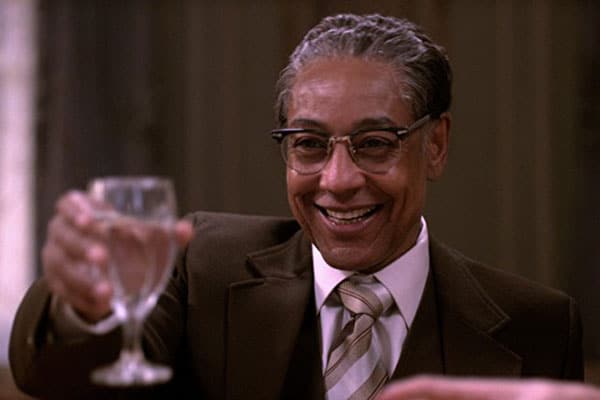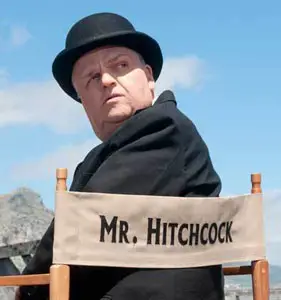
“I get a [blank] book for every character that I do, and start to write out what some of his traits might be” – Giancarlo Esposito on Creating a Character
Breaking Bad star Giancarlo Esposito appeared without prior announcement in season two of HBO’s Westworld as El Lazo, a new version of the robotic character previously portrayed by Clifton Collins, Jr. In a conversation with Vulture, Esposito spoke about playing a non-human character who is created to pass as human, developing a character, and how he manages to leave his characters behind.
It’s important to note that Esposito’s character on Westworld isn’t human, which adds a layer of complexity to the role. He explains, “It is interesting to think about having to play an object that is completely electrocuted in a certain sense, taken from some other projection of what animation should be. My way, though, is always not to try, not to even think about it, not to be thinking about playing a robot, because at this point in time and technology, we’re able to mimic so closely and finely the human characteristics that you wouldn’t know the difference anyway.”
On Westworld, several of the robotic characters have issues with letting their previous robot “lives” influence their current programming. Esposito looks at that as being similar to an actor whose previous roles relate to his or her current role. He says, “I think all of us, as actors, have a certain level of commitment to different characters in our lifetime, and my level is always deep. What happens is, some characters meld with who we are as people more than others. When that happens, you feel a deep retaining wall there, holding back all of the emotions that you would want to lend to the character, that you recognize are so sympathetic with yourself, so you have to be careful… There are many different characters who affected me like that. From Do the Right Thing, Buggin’ Out did that for me. And, of course, let’s not forget Gus Fring. I’ve had a few of those connected-tissue characters, but they never come back to haunt me when I’m working on another one.”
In fact, Esposito points out that fans tend to remember more about his characters than he does. He explains, “People are smarter than me in the world. They can quote every line I ever said from ten different characters, where I can only remember maybe four, maybe three, depending on what I’m doing, depending on where my attention span is. But that’s okay, because that’s what I do. I have to become. I’ve had to become good at letting go.”
When it comes to building a new character, Esposito likes to do a bit of homework to get into the character’s head. He reveals, “I get a [blank] book for every character that I do, and start to write out what some of his traits might be, and what some of his idiosyncrasies might be, and what his favorite colors might be. I do a lot of the same kind of work in trying to put myself into a position where I judge who I think the character is from the history of what’s already been written about him, then add something that is not written, putting myself forward in a creative way. I’m trying to add what spice I think the character might need from a completely different standpoint, and then mix it all in the pot.”



